Business
Himalayan Rock salt lamps become the center of attraction to Chinese consumers at China Import Expo
Published
4 years agoon
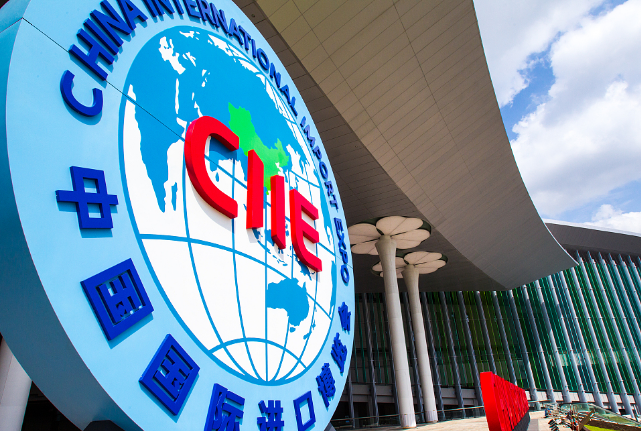
Himalayan rock salt and lamps showcased by Pakistani traders at the 4th China International Import Expo (CIIE) held in Shanghai attracted a big number of Chinese consumers.
Mian Muhammad Zubair in charge of the Pak Persian salt lake booth told China Economic Net (CEN) excitedly in fluent Chinese at the expo that “You see, I have sold four batches in such a few days. On November 6th alone, more than 50 salt lamps were sold to customers”.
It has been the second time that CEN journalists paid a visit to the booth. Unlike last time, many salt lamps on the shelves have been labeled as “booked”, even the costly large one on the ground has been reserved for some generous clients.
The salt for these lamps is exploited from the Khewra Salt Mine, Punjab, which is also the world’s leading producer of Himalayan pink salt. As the second-largest salt deposit in the world, the Khewra mine is estimated to have more than one billion tons of salt in store.
Since mining started in 1838, more than 350,000 tons of rock salt with a purity of 98% have been produced annually. After being made into a wide range of products such as edible pink salt, salt lamps, bath salts, salt bricks, etc, they are exported to China, Britain, the United States, and many other countries, making a name all over the world.
According to Chinese customs, China imported RMB 12.2 million (Rs33 crore) worth of Himalayan rock salt in the first half of 2020. In addition to some packaged brand products imported from the United States, more than 90% of China’s imported Himalayan rock salt is from Pakistan.
“There is pink, black, and white salt in Pakistan. Black salt lamps are rare, but pink ones are more popular in China”, said Zubair. According to him, this is the first time for black salt lamps to appear at CIIE.
The Himalayan salt lamp is a chased-after product in the world’s second-largest consumer market. Within five minutes of the journalists’ stopover at the Pak Persian booth, at least three Chinese buyers inquired and bought the salt lamps.
“We plan to place it in the living room. Later we might transform one of the rooms into a salt room. We can also use the salt for bath”, said a Chinese buyer in the massive health industry.
Apart from salt lamps, pink salt is even more popular in the Chinese market. “Himalayan pink salt with Pakistan as its main country of origin is our feature product for CIIE this year”, revealed Zhou Wenqi, project director of Zhongbai Investment Group Co. Ltd.
Pakistani pink salt distinguishes itself with its marble-like appearance and color, as well as the processing and production technology. In addition, people’s admiration towards the Himalayas adds to their appeal.
“We have decades of experience in selling salt. We started selling Chinese domestic salt and then imported Australian sea salt. With the increase of sea salt products in the Chinese market, mineral salt and deep mountain salt are becoming more and more accepted in China, especially in the coastal areas,” said Zhou.
“Iodine is commonly added to salt in China. People in coastal areas have a higher intake of iodine, and eating iodized salt is likely to cause hyperthyroidism among them, so they need to eat iodine-free salt,” a professional buyer from Tianjin said that he started eating Himalayan pink salt in 2016.
A search for “pink salt” on China’s major e-commerce platform yielded more than 160,000 items. The best-selling Himalayan pink salt has more than 20,000 customer comments. A bottle of pink salt weighs 1.5 kg and costs RMB 79, or about 2,105 Pakistani rupees, which is about seven times the price of ordinary edible salt in China.
In addition to pink salt, Chinese exhibitors also took the initiative to introduce Pakistani pink salt mixed products. At the CIIE, there were mixed condiments with pink salt and black pepper, pink salt and rosemary, pink salt and chili, as well as black salt.
“China will firmly share market opportunities with the rest of the world. Our annual import in goods and services is valued at around USD 2.5 trillion. All this offers an enormous market. Going forward, China will lay more emphasis on expanding import, and pursue balanced development of trade,” Chinese President Xi Jinping made the remarks while addressing the opening ceremony of the 4th CIIE via video.
Xi’s speech has also demonstrated China’s resolve to increase imports from neighboring countries and promote Silk Road e-commerce.
Pakistan’s Ambassador to China Moin ul Haque believes that Pakistan’s exports to China will double in the next three to five years. While Chinese and Pakistani traders are confident about the market prospects of Pakistani Himalayan rock salt in China.
In Zhou’s eyes, after trying to import small quantities of goods through CIIE, the channel has been opened. “On November 6, we signed several agents. Five large enterprises proposed to cooperate with us in the morning. In the future, we will import pink salt on a large scale and import more products based on the channel,” Zhou said.
“After nearly five years of exploration, we found that the Chinese market has very positive feedback about salt lamps. We currently have five physical stores in Shanghai and are running a business via WeChat. We also plan to open a store on Taobao.com by the end of this year,” Zubair said.
You may like
Business
Pakistan produced an incredible variety of ‘King of Fruits’
Fariyal Mir
Published
1 year agoon
May 28, 2024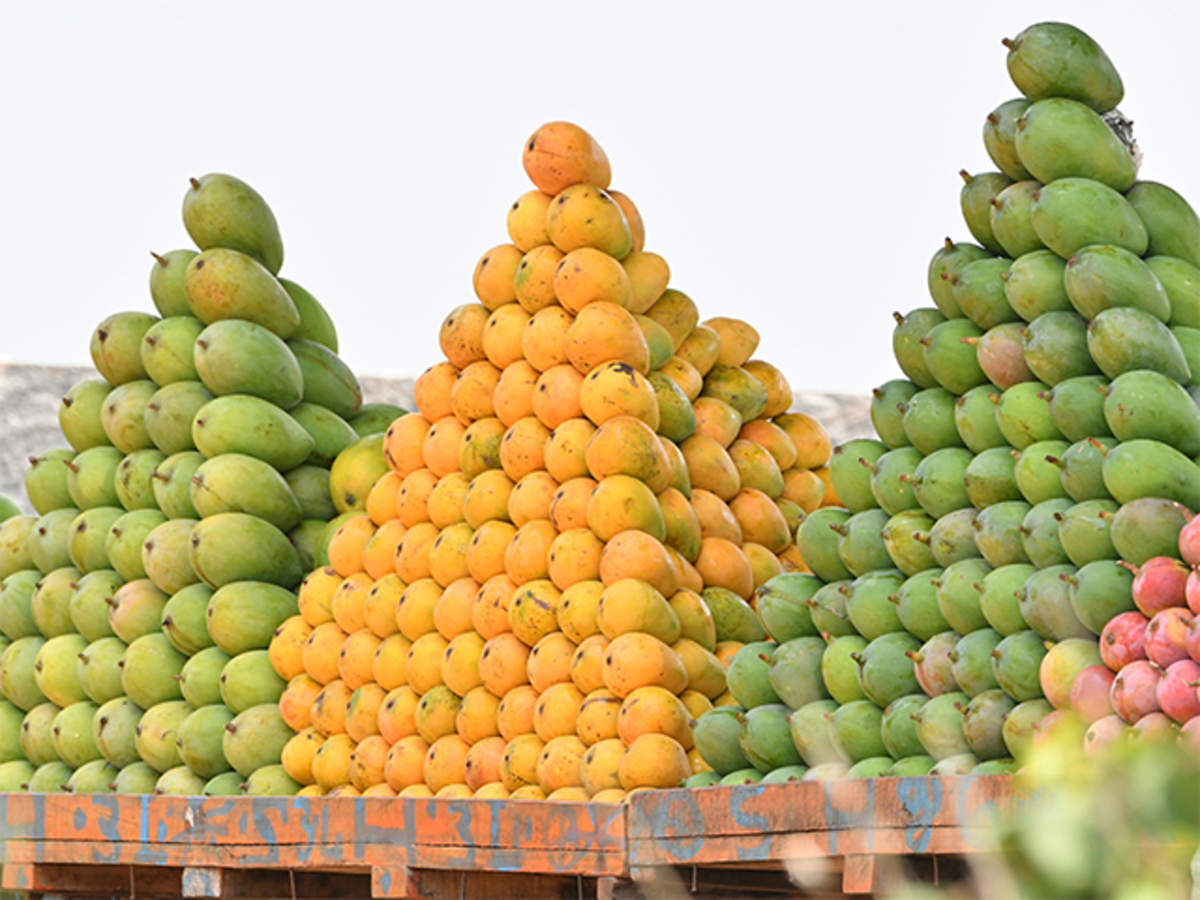
The fertile land of Pakistan produces an extensive number of Mangoes which is better called as ‘King of Fruit’. Pakistan exports Mangoes from corner to corner of the world. Mangoes are not just nationwide but worldwide favorite fruits. This tasty and nutritional fruit reaches the market in May and disappears till the last of September. Though Mangoes are grown in more than 90 nation-states yet Pakistan stands as the fourth number in the production of Mangoes. Moreover presently Pakistan produces more than 1.5 million tons of mangoes about which more than 5% is exported.
Surprisingly, there are more than 1200 kinds of mangoes in Pakistan but we know a few of them. Whereas, around 30 to 35 kinds of mangoes are produced on a profitable scale. Mangoes are the most awaited fruits and people wait passionately for summer to have the taste of the ‘King of Fruits’.
As I have mentioned that there is an abundant number of mangoes kind but here we will discuss a few of them. Some of the most famous and tasty variety of mangoes are given below:
SINDHRI
This variety of mango is highly produced in Sindh. It is oval in shape, large in size, and lemon yellow. It tastes sweet and smells pleasant.

CHAUNSA
Chaunsa is the best variety of mango produced by Pakistan. It is the most mouth-watering type of mango which is delightful and full of juice. It also contains merely the smallest of fiber. This variety is out in the market in the summer.
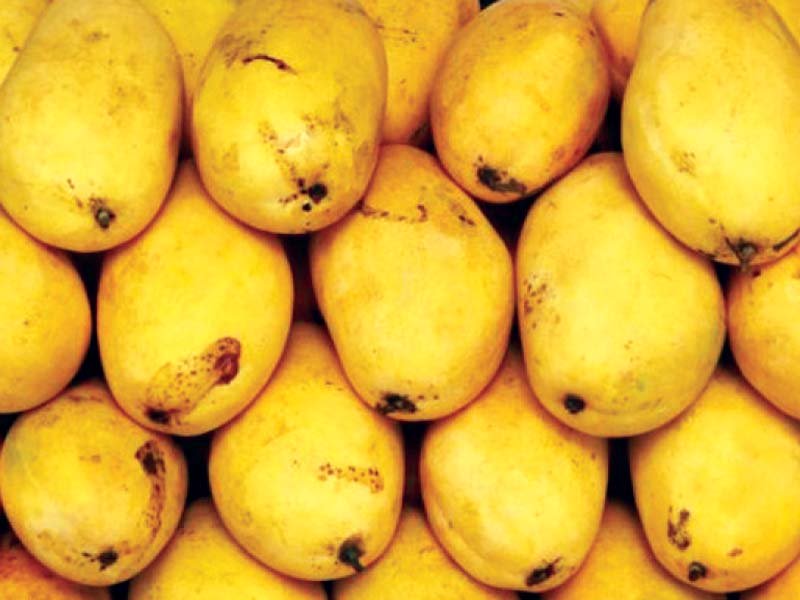
RED KIND ALSO KNOWN AS LAL BADSHAH
This variety of mango is the unique one. It is assumed to be a creamy mango with a small red color. It has an asymmetrical figure with moderately fixed skin.
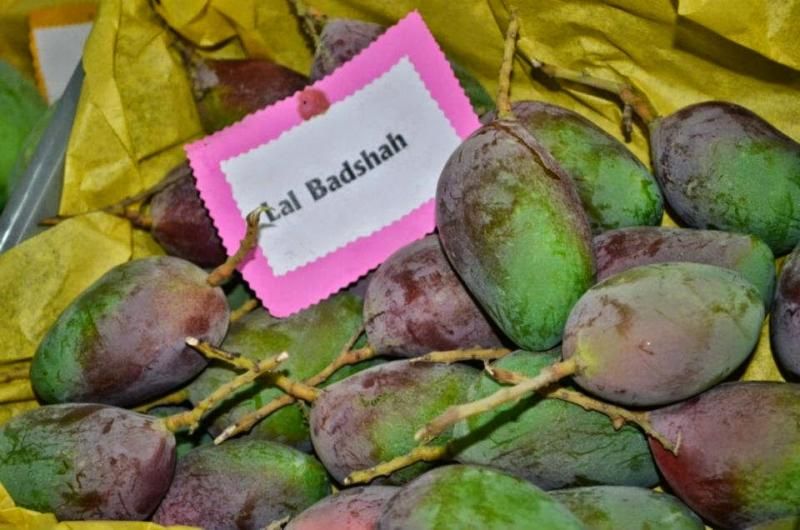
ANWAR RATOL
Anwar Ratol is another mouthwatering variety of mangoes that arrives on the market from July to August. This kind of mango is best for making ice cream.
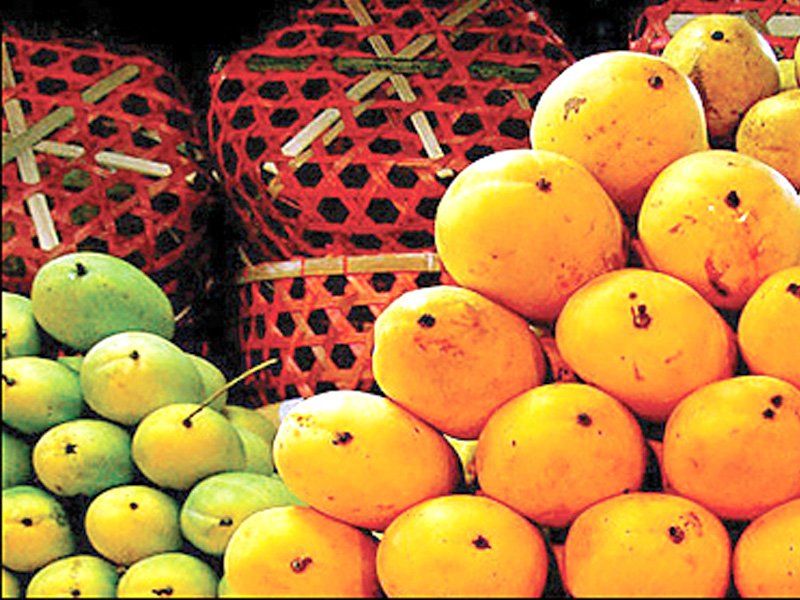
SUNEHRA
This variety of mango is oval in shape dark green in color until ripens. It is full of juice with heavy paste. This delicious variety comes around July and goes back till August.

LANGRA
This variety of mango is highly demanded in Europe in addition to Canada. Because it is a fibreless kind of fruit with fatty flesh. It is a little oval in shape and yellowish-brown in color. This kind remains in the market for two months.
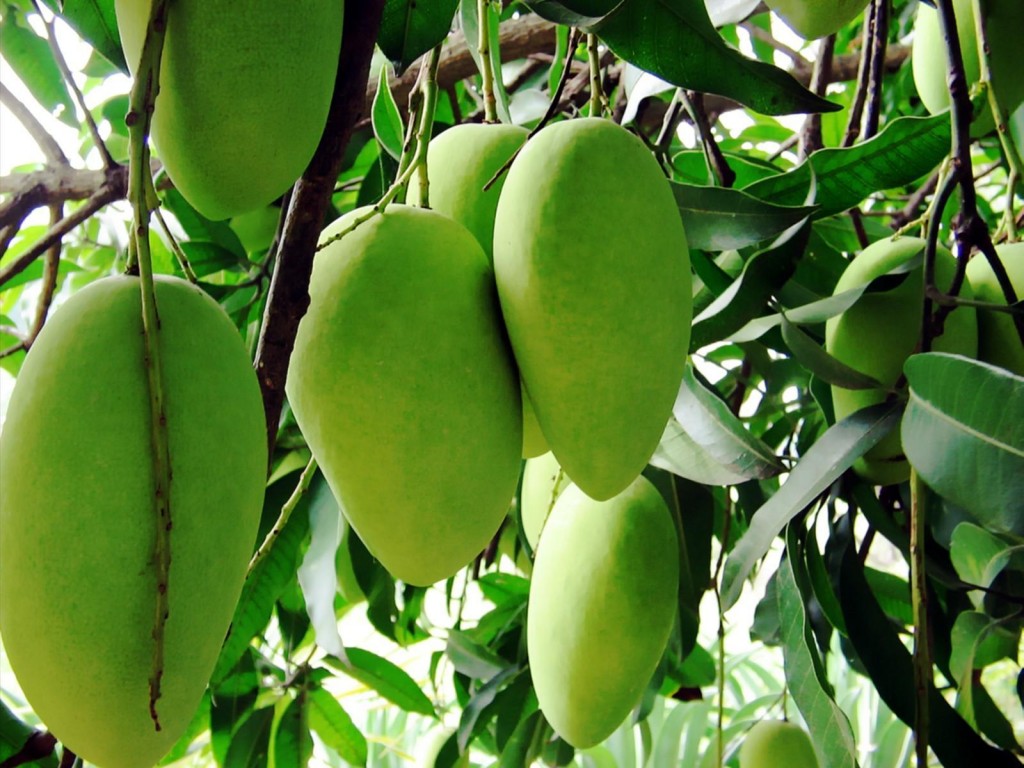
We are blessed with a land that can produce this much variety of mango fruits. So that we are always grateful to the Almighty. The only thing is we need to take good care of this land and we have to value its production.
Business
“Be Pakistani, Buy Pakistani” the spirit of Patriotism and Economic self-sufficiency.
Published
1 year agoon
May 14, 2024By
EDITOR
“Be Pakistani, Buy Pakistani” is a simple yet powerful slogan that promotes the idea of supporting locally made and produced products in Pakistan. It emphasizes the importance of choosing products that are manufactured within the country and encourages consumers to be conscious of their purchasing decisions. This slogan aligns with the principles of self-reliance, economic growth, and national development.
Promoting Local Industry
Supporting local products has a direct impact on the country’s economy. When people buy Pakistani products, it helps boost domestic industries, create jobs, and stimulate economic growth. This, in turn, strengthens the nation’s self-sufficiency and reduces its reliance on imported goods.
Quality and Diversity
Choosing local products doesn’t mean compromising on quality or variety. Pakistan boasts a wide range of industries that produce high-quality goods, from textiles and garments to electronics and food products. By buying Pakistani, consumers have access to a diverse range of quality products while contributing to their own country’s prosperity.
Sustainable Practices
Encouraging the “Be Pakistani, Buy Pakistani” mindset also supports sustainable and ethical business practices. Local industries are often subject to more stringent regulations and environmental standards, leading to cleaner and more sustainable manufacturing processes. By supporting local businesses, consumers indirectly promote eco-friendly and ethical production methods.
Cultural Preservation
Additionally, buying locally made products helps preserve and promote the country’s cultural heritage. Pakistan is known for its rich traditions and craftsmanship, which are reflected in various handcrafted goods and textiles. By choosing these items, consumers contribute to the preservation of cultural heritage and the livelihoods of artisans and craftsmen.
Community and National Unity
The “Be Pakistani, Buy Pakistani” slogan also fosters a sense of community and national unity. It encourages people to rally together in support of their nation’s industries and economy, reinforcing the idea that by working collectively, they can make a positive impact on their country’s future.
Conclusion
“Be Pakistani, Buy Pakistani” is a call to action that embodies the spirit of patriotism and economic self-sufficiency. It’s a reminder that every purchase we make can have a meaningful impact on our nation’s prosperity and development. By choosing Pakistani products, consumers can be active participants in building a stronger, more self-reliant Pakistan. This slogan serves as a testament to the power of individual choices in shaping a nation’s future.
Business
GB’s Dry Fruit – A potential source of revenue generation
Published
1 year agoon
May 14, 2024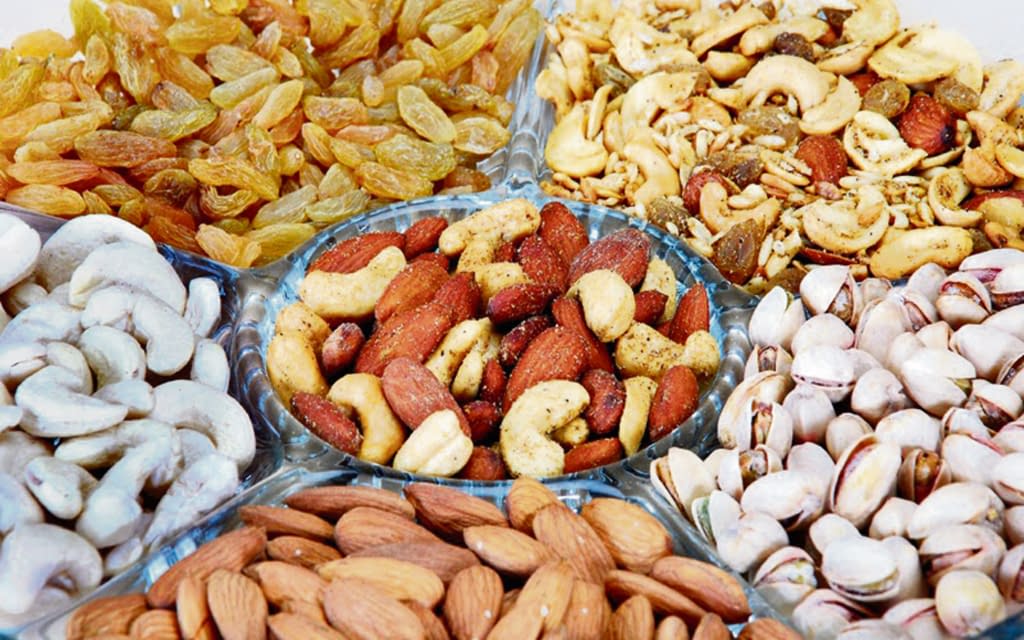
Pakistan is bestowed with countless blessings of Nature right from its oceans, rivers, landscape, weathers, rich agricultural land and fruits much better in quality than other countries especially the dry fruit. But, lack of proper attention and marketing globally, this bounty of Nature could not get a deserving space in international markets resulting in loss of earning for the local people and precious foreign exchange for the country.
As Gilgit-Baltistan’s unique geography and climate provides the perfect conditions for growing an array of distinctive dry fruits like apricots, almonds, walnuts, cherries, Kilao and various types of berries, there is dire need to promote these distinct flavored and nutritionally rich products in world markets.
“We take great pride in our dry fruits, particularly apricots cherries and walnuts,” said Gul Baz a dry fruit farmer from Hunza. “These are not just a source of income; they are also a part of our culture and heritage. Dry fruit produced in Northern Areas is delicious and provide essential vitamins to human body.”
One of the standout features of Gilgit-Baltistan’s dry fruits is their exceptional nutritional value. They are packed with vitamins, minerals, and antioxidants, making them a healthy snack option. For example, apricots in this region are full of vitamin A and C content, while almonds and walnuts are a great source of protein and healthy fats.
“Dry fruits in Gilgit-Baltistan are nutritional powerhouses,” said Ayesha Ali, a nutritionist in Gilgit.
“These products are rich in vitamins essential for immune support, skin health, protein and healthy fats as well as weight management and health of human heart. People must include some quantity of dry fruits to their diet.”
While dry fruit production has been a traditional livelihood for the people of Gilgit-Baltistan, limited marketing exposure has hindered their economic potential. By establishing proper marketing channels, local communities can benefit from increased sales to improve their earning as well as collectively venture to alleviate poverty from the region.
Aleem Hussain a local marketing expert has recommended multifaceted approach to tap the potential of unique dry fruits of Gilgit Baltistan.
“First, we need investment in packaging and labeling to highlight our products and then establish strong partnerships with national and international distributors.”
Secondly, he said, “we should effectively participate in world food expos to market our products internationally and expand their market network. New tools like social media and e-marketing should be fully exploited to connect local farmers with a broader customer base, both nationally and internationally.”
Aleem Hussain said, many dry fruit producers in Gilgit-Baltistan follow sustainable farming practices, their dry fruit orchards are organic and use traditional irrigation methods in natural environment. “Highlighting these practices can also be helpful for fruitful marketing and attracting eco-conscious consumers.”
He said despite immense potential, Gilgit-Baltistan’s dry fruit industry faces challenges like limited infrastructure, lack of awareness and inadequate marketing strategies. “Addressing these challenges can be beneficial for both the country and the local people.”
To unlock the potential of Gilgit-Baltistan’s dry fruit industry, the government and non-governmental organizations (NGOs) can play a crucial role by providing financial support, technical assistance and marketing expertise to local farmers and cooperatives to establish a sustainable supply chain.
Proper marketing efforts to secure slots in international markets can pave for Gilgit-Baltistan’s unique dry fruits to become sought-after delicacies globally. Exporting to countries with a growing demand for healthy and exotic foods can also be a game-changer for the region’s economy.
Meanwhile, Fazul Rehman, Director Agriculture and Livestock Gilgit Baltistan has informed that the region produces over 3,000 metric tons dry apricots, 3,000 tons almonds and a staggering 100,000 tons walnuts annually.
“Notably, all fruits grown in GB are organic, with no pesticides used, contributing to their superior quality and nutritional value,” Fazul Rehman said. “The region’s farmers could potentially earn more than $20 million from export of dry fruits against the current earning of just an estimated Rs 50 million.”
He suggested to setting up cold storages, develop proper infrastructure to address issues like quality standards and certification and impart proper training to local farmers for maintaining international standards. “Since, dry fruit production in GB is seasonal therefore its production window may not align with global demand. This mismatch can lead to missed opportunities in international market.”
Like many other treasures under the earth, to say gold, cobalt, barite, dolomite and copper etc, the Gilgit-Baltistan’s presents treasure of unique dry fruits on the surface of earth. But, for the world nations, these are the hidden gems, waiting to be discovered.
Therefore, proper strategies, support and investment can make this region a potential global hub for high-quality dry fruits, benefiting producers and consumers alike. Moreover, being an agricultural country, when respective governments announce incentives for the small and big farmers and ensure subsidies and rebates to the exporters for exporting these cash crops, they should also keep the dry fruit producing potential of Northern Areas in their mind as cash crops and include it in national policies incentives to grow this sector for contribution in national prosperity.

Unity, Faith, and Discipline: The Cornerstones of Pakistan’s Motto as “Aik Qaum” (One Nation)

Aik Qaum: The Fusion of Integrity and Patriotism








